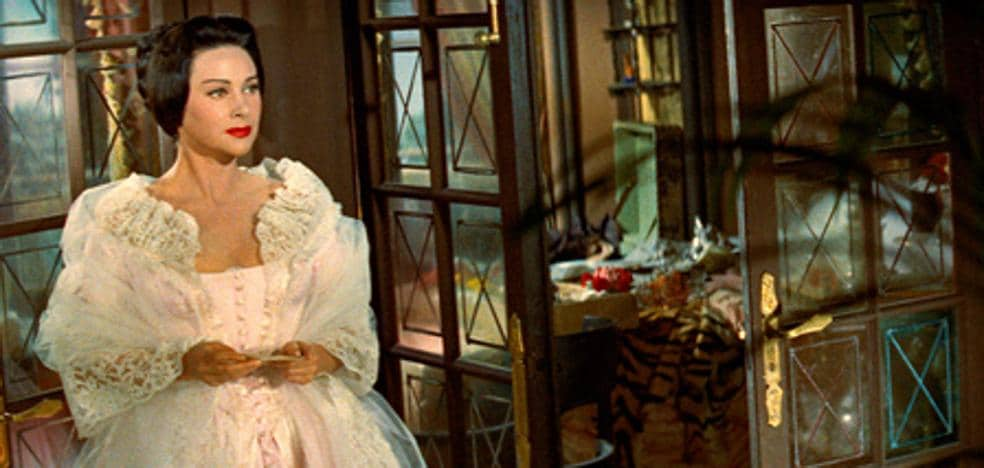The Archaeological Museum assesses the deep connection between the areas on either side of the Pillars of Hercules in a sample spanning nearly 400,000 years
So close, so far sometimes. Morocco and Spain maintain a millennial and enriching neighborhood, but often conflicting and unstable. Now that the wounds between the two kingdoms have been healed with the balm of diplomacy, the normalization of relations is sealed and lubricated with the exhibition ‘Around the Pillars of Hercules’, on display at the National Archaeological Museum (MAN ).
Through more than 300 pieces and spanning nearly 400,000 years, from the Lower Paleolithic to the 16th century, the exhibition treats and analyzes the connections of all kinds between the areas on both sides of the Strait of Gibraltar, the union of the Atlantic and the Mediterranean and the end of the land known in antiquity, at whose ends the mythical and Herculean columns rose.
Only in the last four millennia did Phoenicians, Punics, Greeks, Romans or Muslims populate the areas that open up north and south of the Strait, leaving a deep mark on the Iberian and Maghreb cultures, whose human and material contacts have characterized their anthropological evolution. , cultural and political.
It appears from 335 pieces, mainly from major Moroccan museums, from Rabat, Fez, Tangier or Safi, which have rarely left Morocco, and from MAN’s own collections. Divided into six major thematic areas, the exhibition goes back to prehistoric times to later analyze all the colonizations, with a special focus on the two that united both areas: the Roman and the Islamic expansion through the Mediterranean during the Middle Ages.
The speech ends with the transition to modern times, when the West and Spain look to the American New World, Europe and other areas of the Mediterranean, so that relations between the two areas are changed by the new world order.
Among the stellar pieces, the sculptural bronzes of the ancient Roman city of Volubilis and two busts of Juba II. King and lord of Mauretania and Numidia, the last before Roman rule, Juba married Cleopatra Selene, daughter of Marco Antonio and Cleopatra. Morocco cherishes a bronze bust of Juba “resembling the Lady of Elche from Moroccan collections”, according to Eduardo Galán, curator of the exhibition and chief curator of MAN. For the first time, this ominous bronze is exhibited next to the marble bust of Juba that the Prado Museum preserves and makes us appreciate its likeness. “He is a fascinating character, linked to Gadir (Cádiz) and Cartago Nova (Cartagena), educated in Rome and who is said to have been the first discoverer of the Canary Islands,” explains Galán.
“What is happening today between Morocco and Spain is not representative of a bond that goes back to prehistoric times,” the curator says, distancing the exhibition’s celebration from the new and sweet phase in Spanish-Moroccan relations. “We are neighbors in every way and our cultures have been linked since the dawn of time.” Still, “it is clear that the exhibition is a symbol of normalization”, acknowledges the curator. “Perhaps it wouldn’t have been possible two years ago,” adds Galán, stressing that the exhibition “goes far beyond political ups and downs.” “This is a neighborhood story and sometimes the neighbors get along poorly and others very well,” Galán reiterates.
“She is ambitious and wants to tell a lot. It has gone through a slow and complex development because of the years we have lived and we all know what made the work complicated, but it never stopped “, admitted the curator of an exhibition organized by the Ministry of Culture, the National Foundation of Museums of the Kingdom of Morocco and Acción Cultural Española (ACE).
Source: La Verdad
I’m Wayne Wickman, a professional journalist and author for Today Times Live. My specialty is covering global news and current events, offering readers a unique perspective on the world’s most pressing issues. I’m passionate about storytelling and helping people stay informed on the goings-on of our planet.



